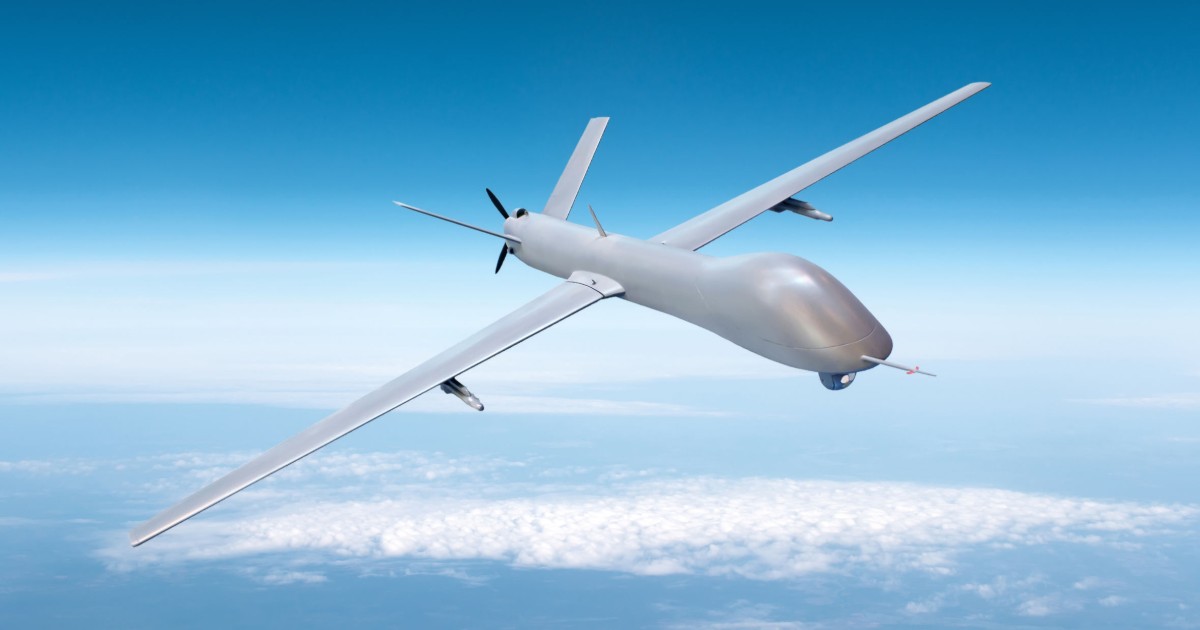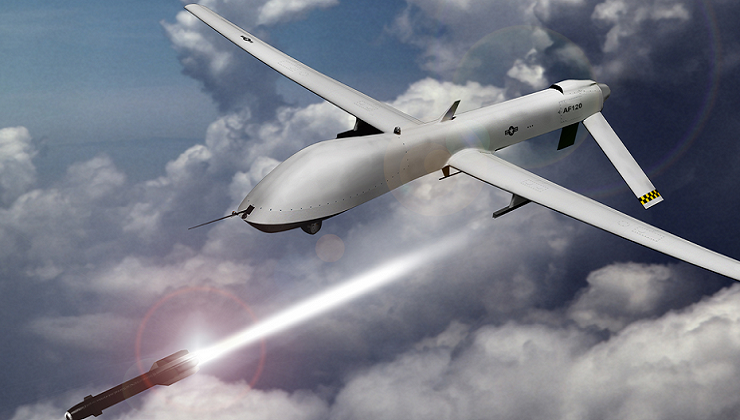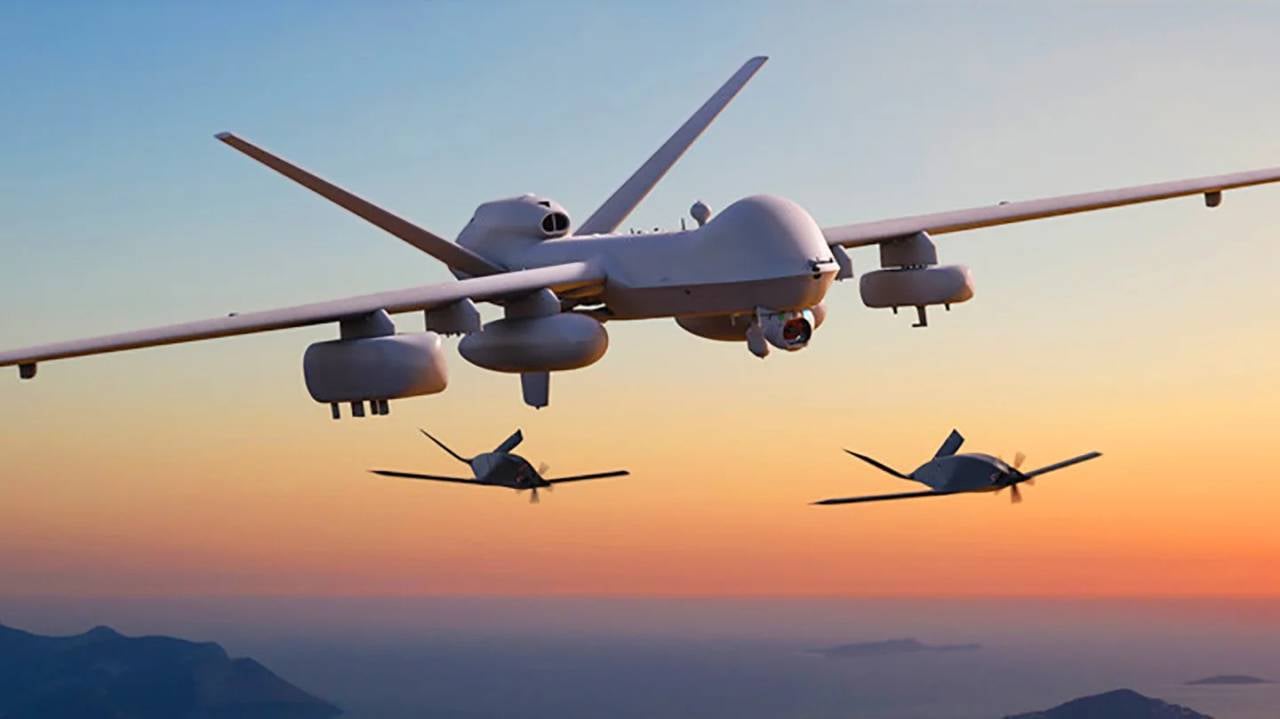

As UAVs continue to advance in terms of speed and versatility, they are finding increased prominence on the battlefield. These unmanned platforms are becoming indispensable for a range of tasks, including combat missions, surveillance, reconnaissance, and more. A prime example of this evolution is the ongoing conflict between Ukraine and Russia, where disruptive technologies like AI are showcasing the potential for remote military management, potentially even by AI-driven systems.
The question arises: Will AI-equipped UAVs eventually surpass manned aircraft in significance? This inquiry prompts a consideration of the distinct advantages possessed by both categories of vehicles.
Over the past few decades, UAVs have effectively carried out a myriad of missions, including intelligence gathering, surveillance, reconnaissance, air support, and logistics. Analysts anticipate that UAVs will progressively replace manned aircraft in certain roles such as aerial refueling, air combat, suppression of enemy air defense systems, combat search and rescue, and electronic warfare.
Manned aircraft, on the other hand, excel in complex tasks that demand human expertise, such as air combat, air support, and engagement with sophisticated targets. The presence of a human operator onboard enables real-time decision-making and adaptability to changing combat scenarios. Additionally, manned aircraft facilitate direct human interaction and collaboration among crew members, contributing to enhanced situational awareness and decision-making capabilities.
UAVs offer distinct advantages such as continuous availability and a higher risk tolerance compared to manned aircraft. Furthermore, their cost-effectiveness, sustainability, and potential for specialized missions contribute to their appeal in modern warfare.
The integration of AI into UAVs is revolutionizing the landscape of war. AI-assisted missions encompass a wide spectrum, including combat operations, collaborative combat scenarios involving both manned and unmanned aircraft, independent engagement, and coordinated maneuvers.
A notable incident that underscores the evolving role of AI is the Libyan conflict, where an AI-powered drone autonomously targeted individuals. This instance sheds light on the potential of AI-based automated weapons systems and their impact on the future of warfare.








